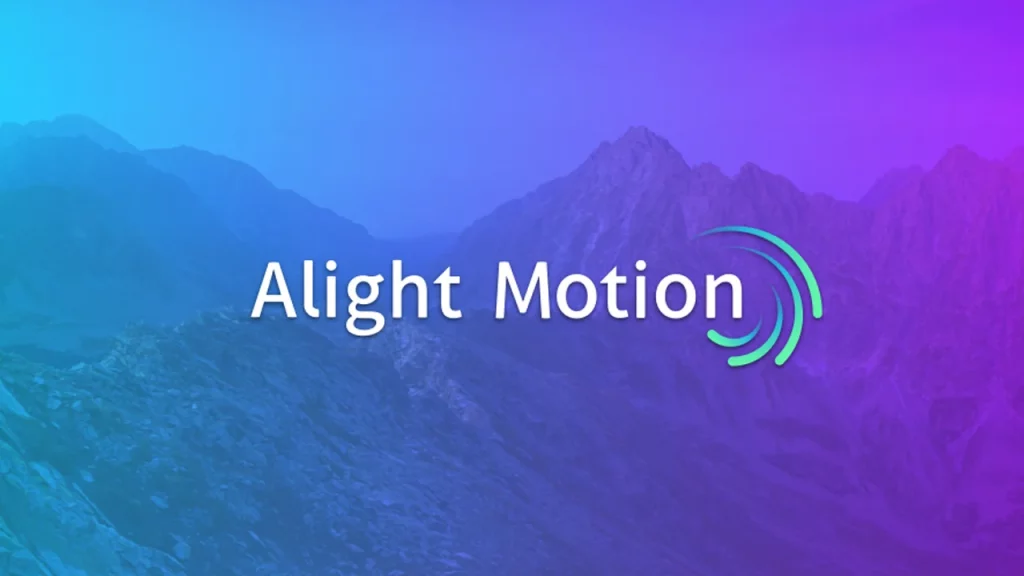360º Reorient Sphere photo or video in equirectangular format This effect interprets the layer as an equirectangular photo or video, projects it onto a sphere, rotates the sphere, and then projects the sphere back into equirectangular format. The result is as if the original camera that recorded the 360º image or video had been positioned at a different angle.
Background
Common image and video encodings, such as JPEG and MPEG, are built to work with two-dimensional media. When working with media that is three-dimensional, such as video recorded with a 360º (360º Reorient Sphere) camera, that media must be flattened into a two-dimensional format before it can be saved, then later converted back to three dimensions when it is ready for use. One popular way to represent a three-dimensional sphere in a two-dimensional rectangle is by using the equirectangular projection (also a popular projection for geographic maps).
Usage
Halftone printing is a method of creating the appearance of continuous shades by printing dots of varying sizes in a single color. For full-color process printing, an image is typially separated into four channels (cyan, magenta, yellow, and black), one for each color of ink, and each channel is then printed separately using a halftone process.
The CMYK Halftone Dots effect simulates the appearance of this printing process. It works best with image and video layers, or layers containing multiple colors or smooth gradients.
To use this effect, start by adjusting Strength until you can see the pattern of dots (if it’s too high or low you’ll just get a solid color), then fine tune Amount until you obtain the dot size you want. For a look that more closely approximates actual printing, set Black to 100% and adjust Strength until dots of other colors also appear.

Tip: Blur First!
The luminance sample that determines the size of a dot comes from the original color of the layer at the exact middle of the dot. This means that if the phase shifts just slightly, high frequency changes in the original color of the layer can cause a lot of “jittering” of the dot size. If this is not desired, use a weak Gaussian Blur on the layer before applying this effect.
360º Reorient Sphere Use Cases
- Simulate a four-color processing printing look by setting Amount and Strength to moderate values and increasing Black to 100%.
- Evoke the feel of an old-school color comic book by using this effect on colored gradients in shape layers to represent comic book shading.
- Make a photo or video look like a color comic book by first boosting the saturation with Saturation / Vibrance, then applying the Posterize effect, and then finishign up with CMYK Halftone Dots.
- Use keyframes with Amount or Strength to create a transition to a solid color.
- Create a transition from CMYK dots to an original photo or video by duplicating a photo or video layer, then adding CMYK Halftone Dots to the copy. Use keyframes to animate Amount or Strength while also using keyframes to animnate the layer opacity from opaque to transparent over the same period of time.
